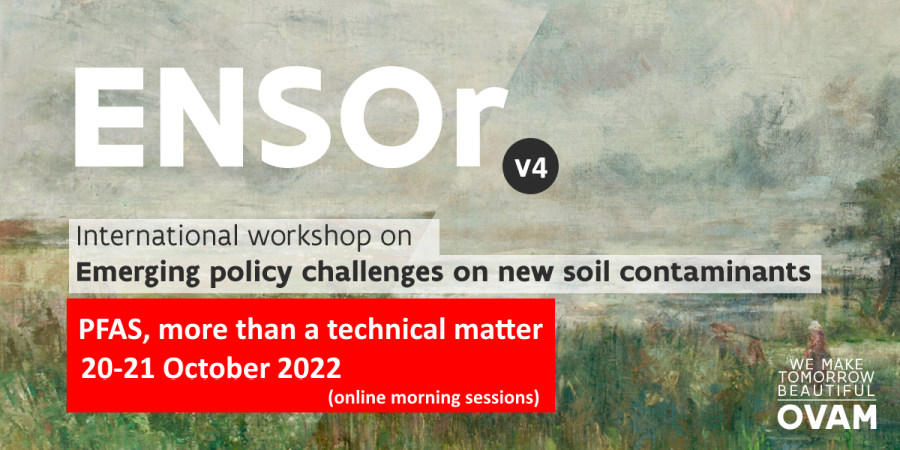
ENSOr material page 2022
Moving PFAS policy forwards in times of crisis (Karl Vrancken, Opdrachthouder Vlaamse Regering)
Experiences after 1 year of PFAS crisis in Flanders (Johan Ceenaeme, OVAM)
Novelty, Risk and Uncertain Science in Environmental Law (Kathleen Garnett, Law Group)
Geostatistical data analysis tool for soil and groundwater data from DOV, application to PFAS contamination (Guillaume Vandekerckhove, UGent)
Remediation, risk assessment and cost benefits when it comes to PFAS contamination. How much, where and how? Dealing with contaminants with ever changing risk assessments. Government and the public -how to work together?
PFAS remediation seen from a Norwegian perspective.
(Vanja Alling, Norwegian Environment Agency)